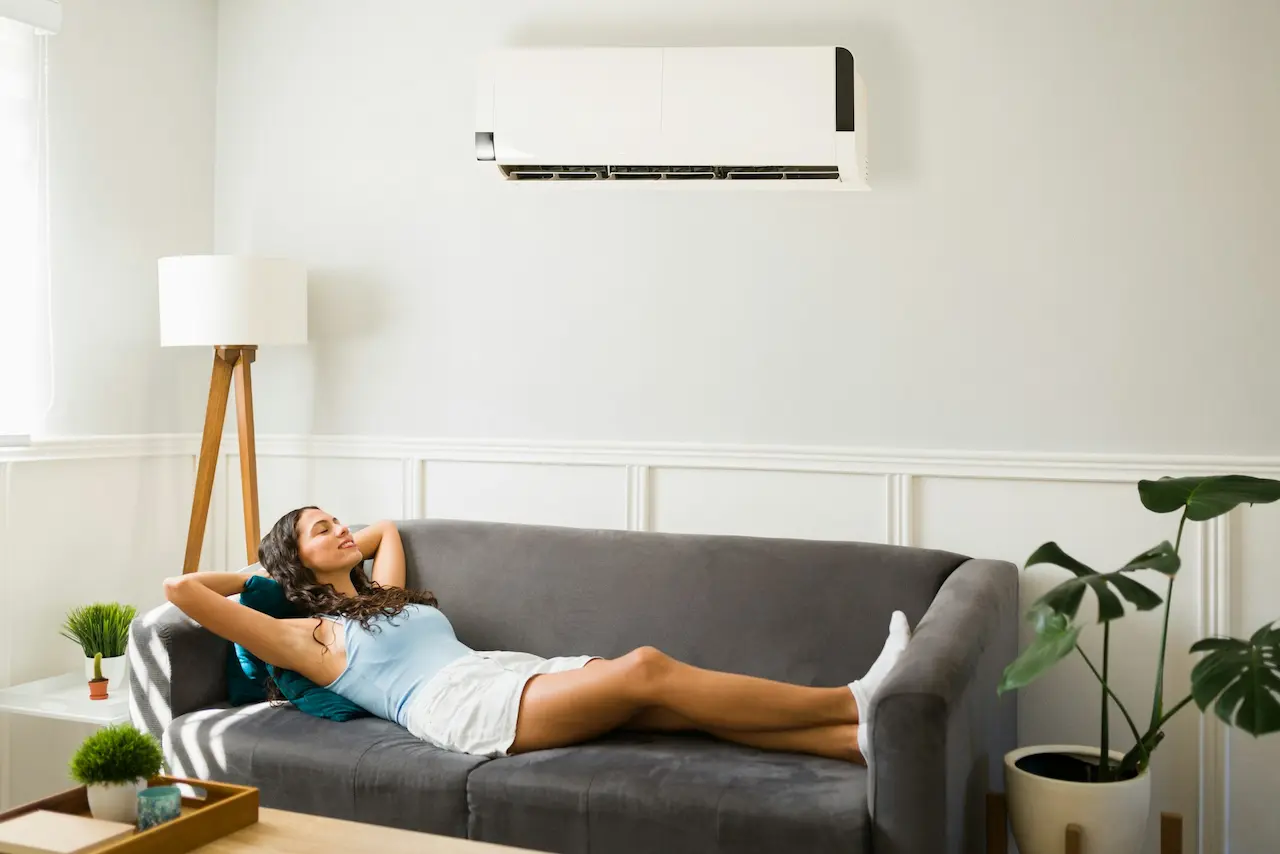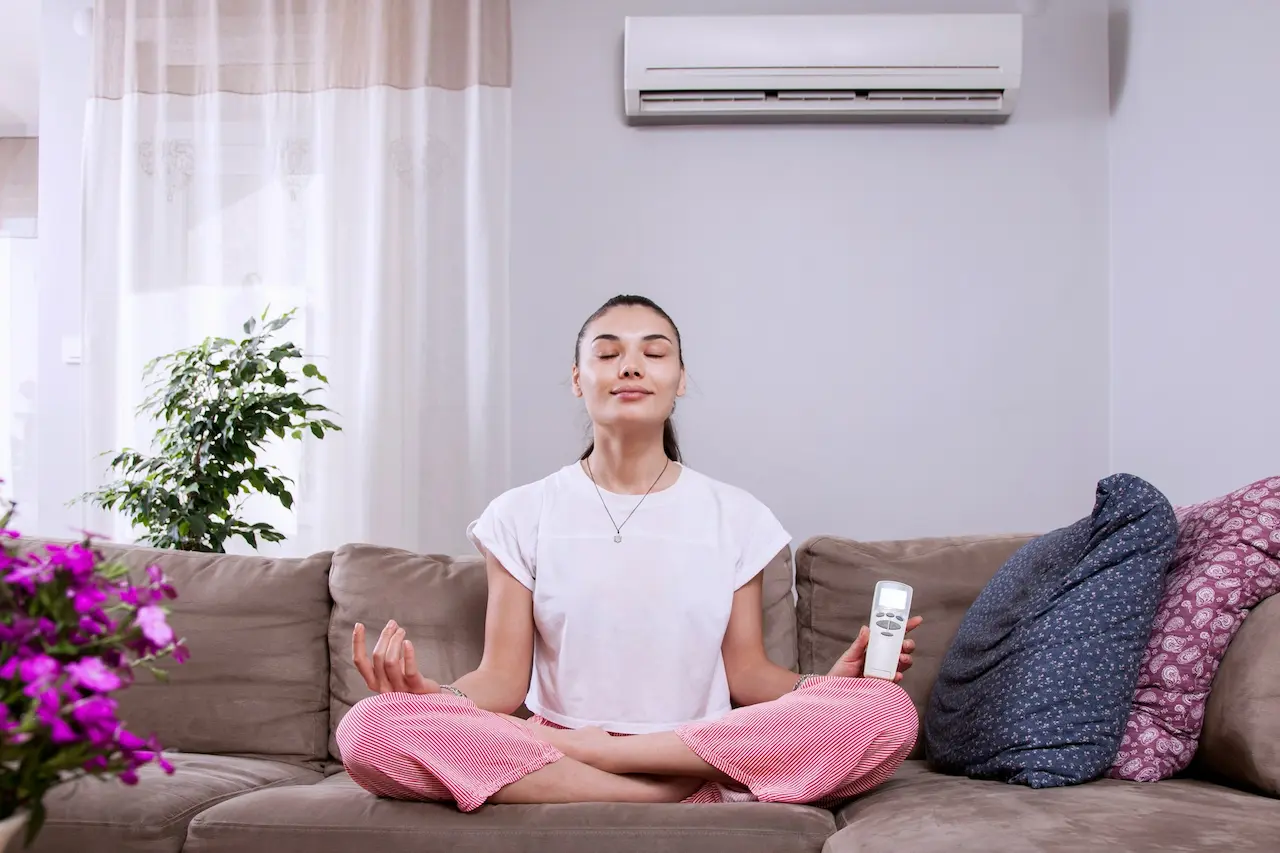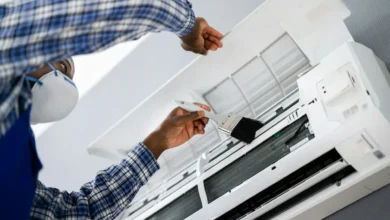Perfect Spot for Your Air Conditioner
How to Choose the Perfect Spot for Your Air Conditioner
Air conditioning has become more than just a luxury in Australia. With hot summers and unpredictable weather, it is almost a necessity for staying comfortable at home. But when it comes to air conditioning installation, the placement of your unit is just as important as the brand or size you choose. A poorly placed air conditioner can mean higher energy bills, uneven cooling, and unnecessary strain on the system. On the other hand, the right location ensures efficiency, comfort, and long-term reliability.
So how do you choose the perfect spot for your air conditioner? Here are the key factors every homeowner should consider before installation.
1. Think About Airflow
The first step in choosing the right location is understanding how air moves around your home. Your air conditioner needs to be able to distribute cool air evenly throughout the space. If it is tucked away in a corner, blocked by furniture, or placed in a hallway with no open flow, the air will not circulate properly.
For split systems, the indoor unit should ideally be mounted high on the wall so cool air naturally falls and spreads across the room. Placing it centrally in the space also helps achieve even distribution. Outdoor units should be positioned where there is plenty of free airflow around them, with no obstructions like fences, plants, or walls pressing too close. Good airflow reduces strain on the system and makes your air conditioning installation far more effective.
2. Consider the Size and Layout of the Room
No two rooms are exactly the same, which is why placement must be tailored to your home’s layout. Large open-plan areas may require more than one indoor unit or a ducted system to cool the space properly. Smaller bedrooms or offices may only need a single split system, but the placement still matters.
If the unit is installed directly opposite the bed or desk, you may feel uncomfortable with the constant airflow. Instead, it should be placed in a spot where it can cool the room without blasting air directly on the people inside. Careful positioning during air conditioning installation can mean the difference between comfort and irritation.

3. Avoid Heat Sources
Air conditioners work by detecting the temperature of the room and adjusting their output accordingly. If the indoor unit is placed near a heat source, it will be tricked into thinking the room is hotter than it really is. This causes the system to overwork, wasting energy and driving up your power bills.
Avoid installing your air conditioner near ovens, stoves, heaters, or large windows that get direct sunlight. Similarly, do not place the outdoor unit in full sun if you can help it. Shaded areas are best, as they reduce the strain on the compressor and keep the system running more efficiently.
4. Minimise Noise
While modern air conditioners are much quieter than older models, there is still some level of noise to consider. The indoor unit produces a low hum, and the outdoor unit houses the compressor and fan, which can be louder.
Think carefully about where these noises will be most noticeable. Avoid placing the outdoor unit directly outside a bedroom window, or you may be disturbed at night. Similarly, for the indoor unit, avoid placing it on thin walls shared with bedrooms if you are cooling a living room. When planning your air conditioning installation, a good technician will always account for noise levels to ensure the system does not become a nuisance.
5. Accessibility for Maintenance
Like any appliance, air conditioners need regular servicing to stay efficient. That means the placement must allow for easy access to filters, coils, and drainage lines. An indoor unit crammed into a tight alcove may look neat, but it makes maintenance more difficult. Likewise, an outdoor unit installed in a hard-to-reach spot can complicate repairs.
Before installation, think ahead about how a technician will access both the indoor and outdoor units. A smart location saves time, reduces service costs, and ensures your system can be properly maintained for years to come.

6. Balance Aesthetics and Practicality
Naturally, homeowners also want their air conditioning installation to look good. No one wants a bulky unit dominating their living room or sticking out awkwardly in their backyard. The trick is to balance aesthetics with function.
Inside, aim for a location that blends with the room’s design but still allows proper airflow. Outside, you might use a screen or decorative cover to hide the unit, but make sure it does not block ventilation. Choosing a discreet yet practical location ensures your air conditioner performs well without compromising your home’s style.
7. Consult a Professional
While it is helpful to know the basics, the best way to guarantee the perfect spot for your air conditioner is to consult a professional installer. They have the experience and tools to assess your home’s layout, insulation, and electrical requirements. A skilled installer will take into account all the factors mentioned above and recommend the ideal location for maximum efficiency.
Professional advice is especially important if you are considering ducted air conditioning, as placement of vents and return air grilles can make or break the system’s performance. Even for split systems, expert installation ensures the system is mounted securely and positioned for the best results.
Final Thoughts
Professional air conditioning installation is an investment in comfort and quality of life. But choosing the wrong spot can lead to frustration, wasted energy, and ongoing costs. By thinking carefully about airflow, room layout, heat sources, noise, maintenance, and design, you can avoid common mistakes and set up your air conditioner for success.
Remember that every home is different. What works in one room may not be suitable for another. That is why getting professional guidance is always worth it. With the right placement, your air conditioner will keep you cool, comfortable, and stress-free for years to come.



